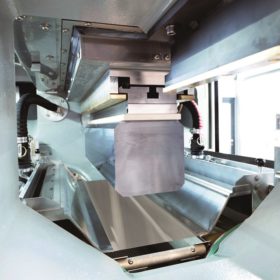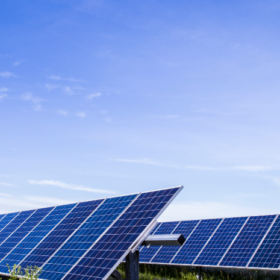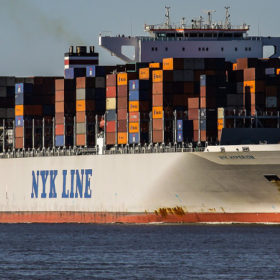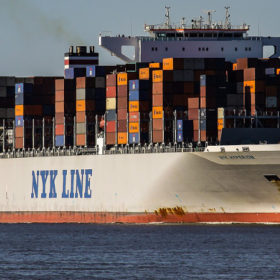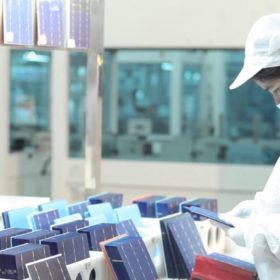The weekend read: China’s monocrystalline boom
Two large Chinese ingot and wafer makers have announced bold plans to expand their capacities beyond anything seen to date. In the process they could transform the entire upstream solar manufacturing landscape.
Solar and wind plus storage to increasingly replace gas plants
A session at BNEF’s Future of Energy Summit explored how renewables paired with energy storage are successfully competing with new gas plants.
Portugal’s EDP secures contract for 200 MW US PV project
At 200 MW the project is not only by far the largest in the state, but would increase Indiana’s current cumulative solar capacity by more than 70%.
Korea, Japan to retaliate over US solar tariffs
Korea is making good on an earlier promise, and now Japan has joined in. Both nations demand that the Trump Administration reverse the tariffs, or suffer an equivalent volume of retaliatory tariffs.
Credit Suisse to launch €500 million green bond issue to back US solar projects
The Swiss bank will utilize the proceeds to refinance construction and operation of U.S. solar projects, and this could be the first of several issuances.
Batteries, inverters, solar cells safe from US Section 301 tariffs
The list of Chinese products that the Trump Administration is considering for duties under Section 301 spares inverters, solar cells and modules, and the lithium-ion batteries used in EVs and battery storage to accompany PV.
Shell envisions central role for solar in new report
Shell’s new report shows a world where solar meets the largest portion of primary energy demand as soon as 2050.
US flow battery maker ViZn Energy closes shop
ViZn has laid off all of its employees and ceased operations, as the latest in a series of closures and bankruptcies for makers of alternative battery technologies.
Microsoft signs 315 MW of solar power contracts in Virginia, US
The company is billing the contract with a portion of a 500 MW project as the largest corporate solar power purchase agreement (PPA) to date.
JinkoSolar reveals details of US factory in filing
The plant will make modules based on 158.75 mm square P-type mono PERC cells, and JinkoSolar plans to begin operation in October.
